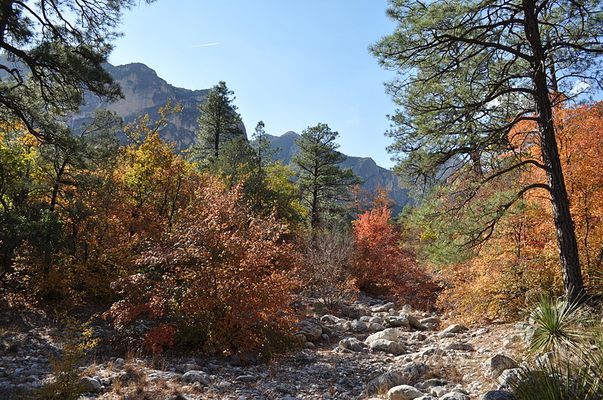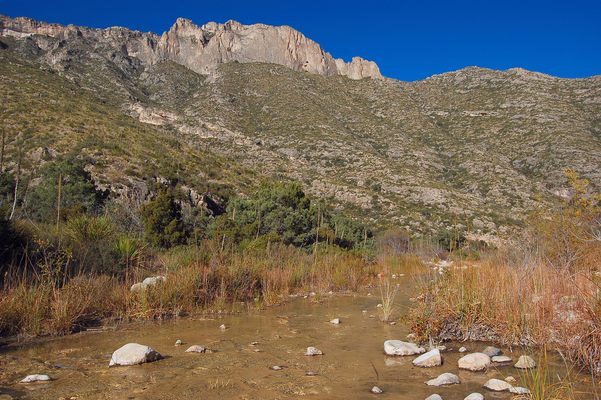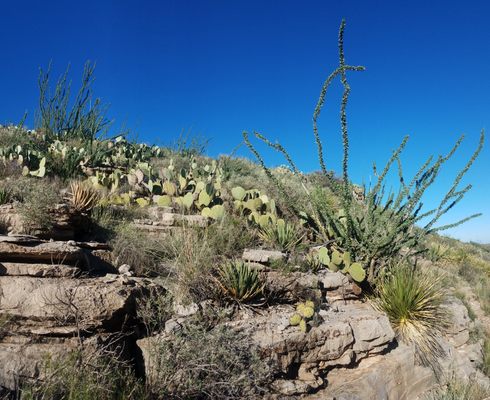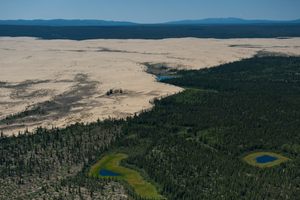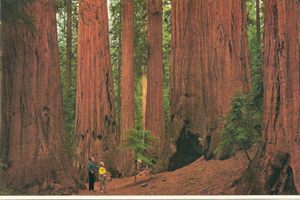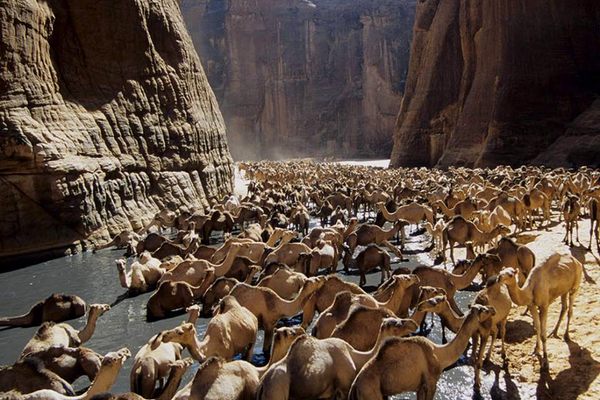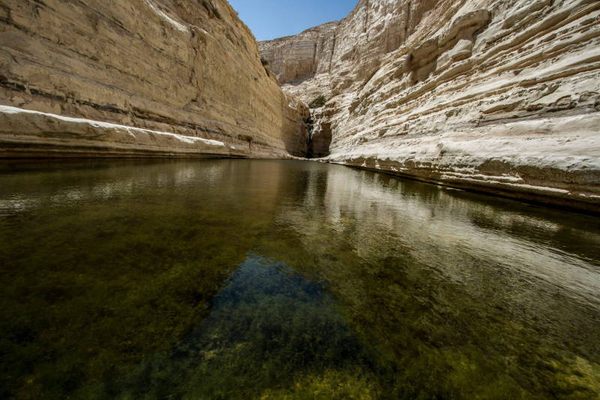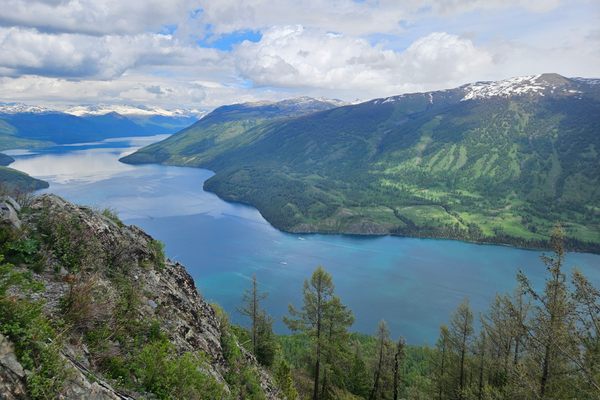About
In autumn, the west Texas desert hides an oasis of color in McKittrick Canyon, an oddly lush hidden natural garden that grows in the shadow of steep canyon walls.
Nestled in the Guadalupe Mountains and described as the "prettiest spot in Texas," autumn comes to McKittrick Canyon in late October and early November. A trail leads from the McKittrick Canyon Visitors Center to the Pratt Cabin, and from there to the Grotto, a small cave with some stalagtites and stalagmites. Along the trail, the plants transition from the normal Chihuahuan Desert flora of yucca and prickly pears, to a wide variety of trees, including ponderosa pine, velvet ash, big tooth maple, and the Texas mandrone, along with a wide variety of wildflowers. There is even a small stream in the heart of the canyon, truly making this an oasis. Hikers may also want to keep on the steepening trail past Hunter Cabin to The Notch on McKittrick Ridge.
Archaeological finds have shown that the canyon was inhabited over 12,000 years ago. Mescalero Apache lived here until they were forced out by the U.S. Cavalry by the late 1800s. Some farming and ranching was done here, but in 1921 a geologist named William Pratt began buying the land. He gifted over 5,600 acres in 1957 to become part of Guadalupe Mountains National Park, ensuring that the prettiest spot in Texas is available for future generations.
Today the archaeological finds have also earned McKittrick Canyon entry into the National Register of Historic Places, so now, neither the desert heat, nor human intervention can destroy this lovely natural wonder.
Related Tags
Know Before You Go
Follow the trail to Pratt Cabin and beyond to the Grotto. A round trip to the Grotto and back is about 7 miles.
Community Contributors
Added By
Published
August 31, 2015
